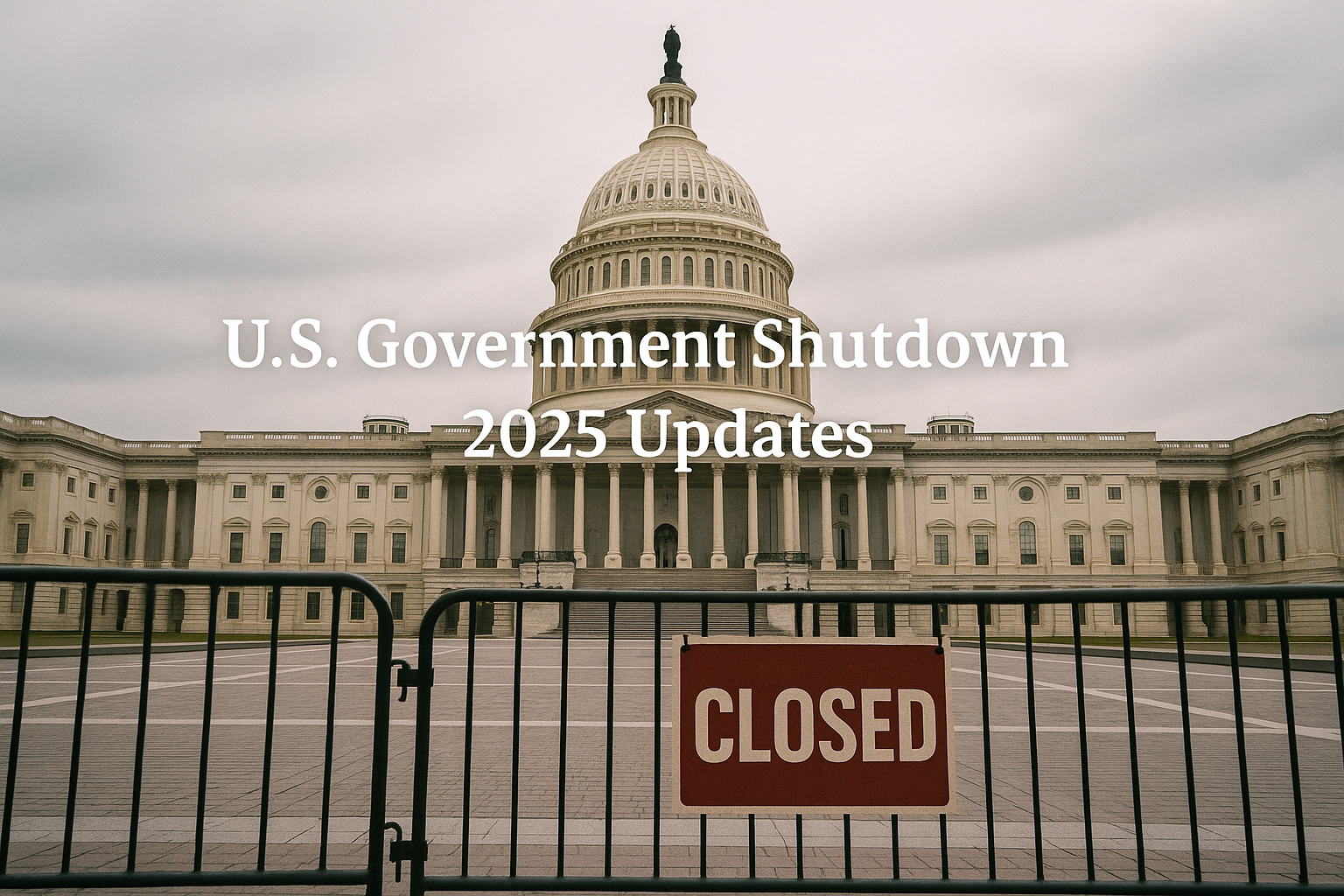The United States federal government remains partially shut down, entering its second month after funding expired on October 1, 2025. With no agreement in sight, this has officially become the longest government shutdown in U.S. history. Congressional leaders and the White House have yet to reach a deal to fund government operations, leaving hundreds of thousands of federal employees without pay and key services disrupted across the country.
The cause of the shutdown is straightforward, even if the politics behind it are not. Congress failed to pass the necessary appropriations bills or even a temporary continuing resolution to keep federal agencies running. The standoff, according to reports from Reuters and Politico, centers on spending priorities, including debates over healthcare subsidies, domestic program funding, and broader fiscal policy disagreements.
The Real-World Impacts Begin to Mount
The effects of the shutdown are rippling through multiple sectors of American life. Federal employees are among the hardest hit, with many either furloughed or continuing to work without pay under the promise of retroactive compensation once the government reopens.
Essential services — such as air travel and food assistance — are under increasing strain. The Federal Aviation Administration (FAA) announced cuts to flight schedules at major airports due to staffing shortages, as thousands of air traffic controllers and safety inspectors continue to work unpaid. Travelers have already seen longer lines and flight cancellations, particularly at major hubs like Atlanta and Chicago.
Meanwhile, a federal judge this week ordered the government to restore full funding for the Supplemental Nutrition Assistance Program (SNAP), which had faced disruption as part of the shutdown. The ruling, reported by The Guardian, described the loss of food aid as causing “needless suffering” for millions of families.
The shutdown’s economic toll is also starting to show. According to a new survey from the University of Michigan cited by Reuters, U.S. consumer sentiment has fallen to its lowest level in more than three years, largely due to uncertainty and disruptions caused by the government closure. Economists warn that the longer the shutdown continues, the more likely it is to dampen consumer spending and slow overall economic growth heading into the winter months.
Federal Services Struggle to Stay Afloat
While many high-profile federal programs continue to operate, most are running on limited staff and funding. National parks, for example, remain open but unstaffed, with trash collection and maintenance suspended in many locations. Museums and cultural institutions funded by federal grants are closed or operating on skeleton crews.
Military and law enforcement personnel continue to serve, though many civilian defense employees have been furloughed. Agencies such as the Environmental Protection Agency and the Department of Housing and Urban Development have paused regulatory and grant activities.
In agriculture, however, there has been some movement toward partial reopening. The U.S. Department of Agriculture recently reopened several thousand Farm Service Agency offices to help farmers access loans and critical support services — a small but significant step for rural communities that rely heavily on federal assistance.
What to Expect in the Coming Weeks
So, what happens next? In the short term, there are a few possible paths forward. The most likely resolution would be the passage of a temporary “continuing resolution” — a short-term funding measure that reopens the government while longer negotiations continue. Such stopgap deals have ended previous shutdowns, but there is no guarantee that lawmakers will reach one soon.
Another possible outcome is a series of piecemeal funding bills to reopen specific agencies, such as those administering food aid or transportation safety. Congress has already begun discussing targeted funding for essential programs to reduce public pressure and limit the damage.
Still, the overall picture remains uncertain. Both chambers of Congress have signaled willingness to continue talks, but key disagreements persist. Until those are resolved, the shutdown — and its growing list of consequences — will likely continue.
What This Means for Americans
For most Americans, the immediate effects depend on how closely their lives are tied to the federal government. Workers employed by federal agencies or government contractors are already feeling the strain. Travelers should anticipate continued disruptions at airports. Families that rely on federal food assistance or early education programs could face reduced support.
Even for those not directly affected, the economic impact could become more visible as the shutdown drags on — through slower government payments, delayed permits and grants, and reduced confidence among consumers and businesses.
The 2025 government shutdown is a reminder of how deeply interconnected the federal system is with everyday life in the United States. What began as a budget dispute has now become a nationwide disruption affecting workers, families, and industries alike. Until Congress and the White House reach a compromise, Americans can expect growing economic ripples and increased uncertainty.
FAQ
Will federal workers get back pay?
Yes. Under current law, most federal employees will receive full back pay once the government reopens.
Are all government programs closed?
No. Essential services like military operations, air travel safety, and Social Security payments continue, but many administrative and public-facing services are limited.
How long will the shutdown last?
There’s no clear timeline. Talks between Congress and the White House have intensified, but no agreement has been reached as of early November 2025.

